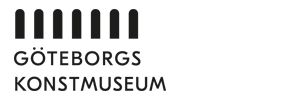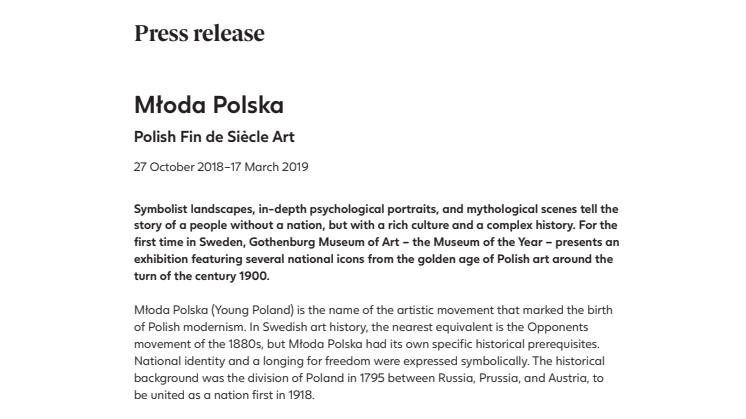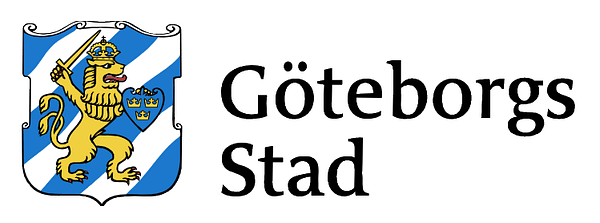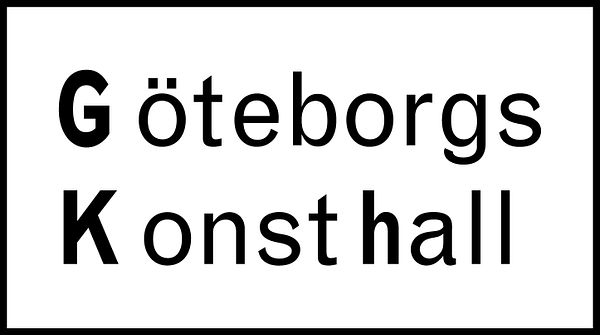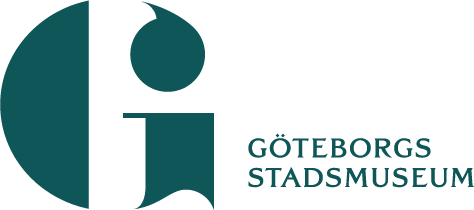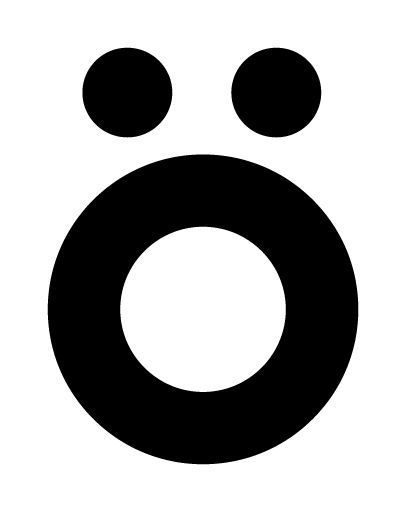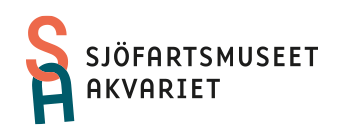Pressmeddelande -
New exhibition: Młoda Polska. Polish Fin de Siècle Art
Symbolist landscapes, in-depth psychological portraits, and mythological scenes tell the story of a people without a nation, but with a rich culture and a complex history. For the first time in Sweden, Gothenburg Museum of Art – the Museum of the Year – presents an exhibition featuring several national icons from the golden age of Polish art around the turn of the century 1900.
Młoda Polska (Young Poland) is the name of the artistic movement that marked the birth of Polish modernism. In Swedish art history, the nearest equivalent is the Opponents movement of the 1880s, but Młoda Polska had its own specific historical prerequisites. National identity and a longing for freedom were expressed symbolically. The historical background was the division of Poland in 1795 between Russia, Prussia, and Austria, to be united as a nation first in 1918.
The exhibition features more than 60 artworks from the National Museum in Warsaw, the National Museum in Kraków and the Museum Sztuki in Łodz; the majority are paintings in the large format. The artists include leading figures in Polish art history such as Olga Boznańska, Józef Chełmoński, Jacek Malczewski, Józef Mehoffer, Edward Okuń, Wojciech Weiss, Witold Wojtkiewicz, and Stanisław Wyspiański.
-The exhibition provides a unique opportunity to see some of the most well-known masterpieces from the golden age of Polish art around the turn of the century 1900. It also gives interesting perspectives on our own history of art. The Nordic fin de siècle art has previously been interpreted through the relation Stockholm—Paris. Młoda Polska shows other art centres and movements across the European continent, says Head of Research Kristoffer Arvidsson, one of the curators of the exhibition.
A vibrant art life
Many important artists made their debut during this period. Art and politics were united in a spirit of dynamism, in which personal narratives were mixed with mythology. In myths, traditions, folklore, and nature, the artists expressed Polish identity, and at the same time they were inspired by the artistic currents in the rest of Europe during their stays in Paris, Berlin, Munich, and Vienna. Influenced by symbolism, art nouveau, and early modernism, they created a vibrant artistic climate with Kraków and Warsaw as important creative meeting places.
An expanded narrative of art
The exhibition contributes to changing the writing of art history for the period around the turn of century 1900, which in the Nordic countries, as in the rest of Western world, is strongly focused on the art scene in Paris. Młoda Polska gives examples of similar waves of moving to Paris and then back to the home country again, but also other patterns and relations with Munich, England, Italy, and Saint Petersburg. In the context of the outstanding collection of Nordic Fin de Siècle art at Gothenburg Museum of Art, the exhibition shows art created in other parts of Europe at the same time period, and thus offers a complimentary view.
In a broader perspective, the exhibition reflects the changes in Europe. The artists were born in countries like Congress Poland, Prussia, Schleswig, and the Austro–Hungarian Empire, and died in Poland, France, Germany, and the Soviet Union. Movements across national borders and the redrawing of the map of Europe are themes that characterize both the turn of the century 1900, as well as the present age.
Exhibition catalogue and knowledge production
A comprehensive exhibition catalogue will be published in conjunction with the opening and will be available for sale at the Museum Store and the museum website. During the exhibition period, there will be a program of activities, guided tours and lectures that also provides deeper knowledge of the exhibition’s themes.
-The fact that most of the works are unknown in Sweden and that many of their references are foreign to us is a challenge from the perspective of art education, adds Arvidsson. Therefore it is particularly satisfying to be able to provide entry points to the movement in the form of the artwork texts in the catalogue, which also includes in-depth essays by leading researchers in the field. In this way, the project is a pioneering effort in Sweden since it presents new research and new perspectives on the material.
The exhibition is co-financed by the Ministry of Culture and the National Heritage of the Republic of Poland, as a part of the program NIEPODLEGLA 2017–2021, as well as the Anna Ahrenberg Foundation’s Fund for Scientific Aims, The Wilhelm and Martina Lundgren Support Fund, the Längmanska Cultural Foundation, the Royal Patriotic Society and the Polish Institute in Stockholm.
International collaboration
The exhibition is a collaboration with the National Museum in Warsaw, which has enabled a large number of important loans. At a later stage, a broader presentation of Nordic Fin de Siècle art from Gothenburg Museum of Art will be presented at the National Museum in Warsaw.
-This kind of collaboration is facilitated by well-established contacts with international institutions and the fact that the Gothenburg Museum of Art has a collection of exceptionally high quality, says Curator Eva Nygårds.
Gothenburg Museum of Art is Museum of the Year 2018
Gothenburg Museum of Art is appointed Museum of the Year, awarded annually by the Swedish Museums Associations and Swedish ICOM. Museum of the Year is awarded to a museum in Sweden that demonstrates innovation and community-based activities. It highlights a museum that, in public interest, works innovative with collections, pedagogy, exhibitions, contemporary documentation, international work or communication.
The jury’s motivation for the award Museum of the Year 2018:
”Through a large and wide art collection, a creative work process and an integrated research, Gothenburg Museum of Art has been working innovatively in an inclusive, accessible and feasible manner, creating a solid museum with impact and added value for the region. With a broad range of program activities and an expanded concept of art, the museum integrates with contemporary times and provides historical relief to today’s social issues.”
Facts
Title: Młoda Polska. Polish Fin de Siècle Art
The exhibition is presentented at the Gothenburg Museum of Art, the Étages, 27 October 2018–17 March 2019
Number of works: 65
Curators: Head of Research, Dr. Kristoffer Arvidsson, Curator Eva Nygårds, and Curator Johan Sjöström
Concept: Johan Sjöström
Editors of the exhibition catalogue: Kristoffer Arvidsson, Eva Nygårds, Johan Sjöström
Authors: Acting Director Anna Hyltze, Gothenburg Museum of Art, Kristoffer Arvidsson, Eva Nygårds, and Johan Sjöström, Dr. Agnieszka Morawińska, former Director of the National Museum in Warsaw, Dr. Andrzej Szczerski, Assistant Professor, Institute of Art History, Jagiellonian University in Kraków, Joanna Persman, Art Critic.
Contact
Helene Karlsson, Communication
+ 46 (0)31-368 35 07, helene.karlsson@kultur.goteborg.se
Kristoffer Arvidsson, Head of Research
+ 46 (0)31-368 35 29, kristoffer.arvidsson@kultur.goteborg.se
Eva Nygårds, Curator
+ 46 (0)31-368 35 03, eva.nygards@kultur.goteborg.se
Anna Hyltze, Acting Director
+ 46 (0)31-368 35 20, anna.hyltze@kultur.goteborg.se

Ämnen
Göteborgs konstmuseum har en av norra Europas främsta konstsamlingar. Denna sträcker sig från 1400-talet fram till idag med betydande verk inom både nordisk och internationell konst. Förutom samlingen erbjuder museet utställningar, familjeaktiviteter, föreläsningar, workshops och visningar. Här finns restaurang samt en välsorterad museibutik. Samlingen omfattar omkring 70 000 verk och museet har ca 250 000 besökare årligen.
